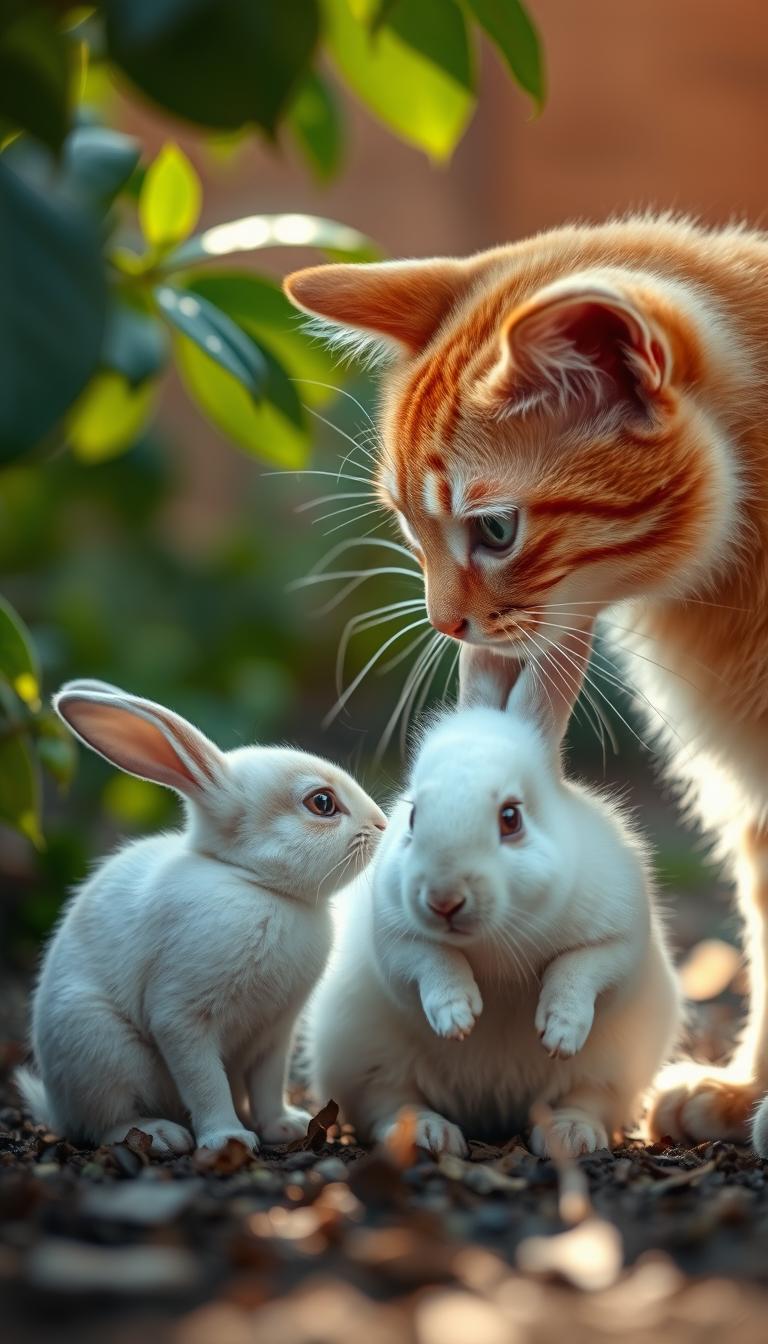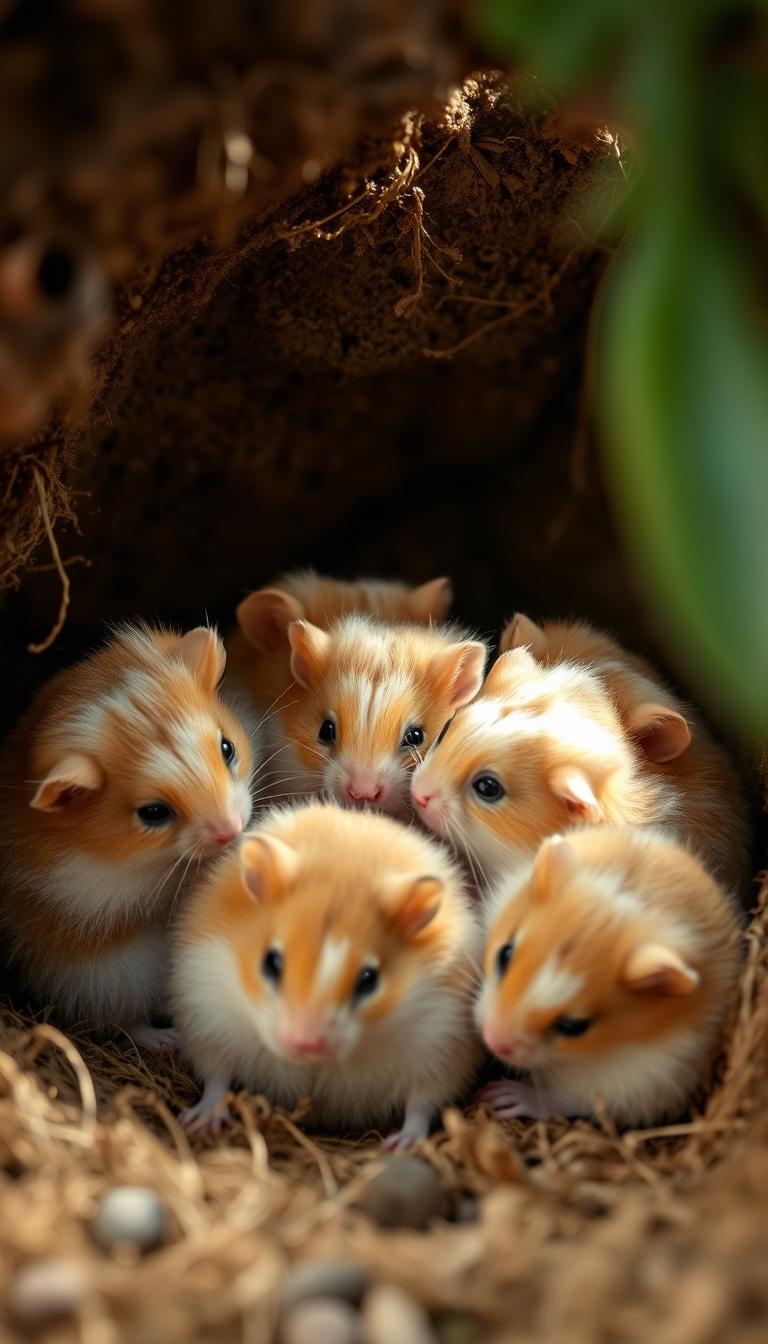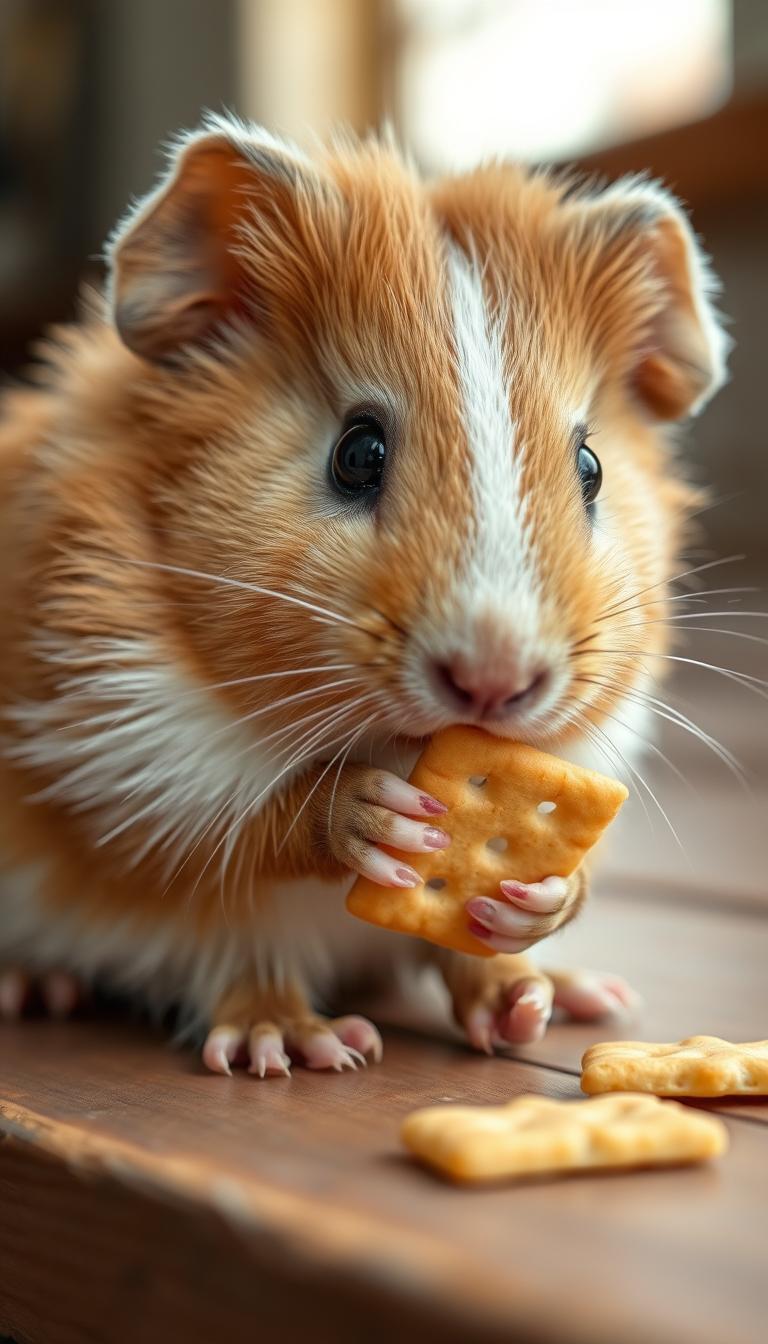Curiosity often strikes when feline and bunny companions share a home. Their playful interactions might spark questions about unlikely bonds between species. Pet owners frequently observe these furry friends grooming each other or cuddling, leading to imaginative theories about their relationship.
The concept of a “cabbit” has lingered in stories and online forums for years. While folklore and viral videos suggest mysterious hybrids, biology tells a different story. This guide explores the scientific realities behind interspecies connections, separating myths from facts.
Understanding genetic compatibility is key to unraveling this mystery. Even with affectionate behavior, fundamental biological barriers exist. We’ll break down reproductive science in simple terms, addressing common misconceptions head-on.
By the end, you’ll gain clarity on what’s possible—and what’s pure fiction. Whether you’re a multi-pet household or simply fascinated by nature’s boundaries, this exploration offers satisfying answers.
Table of Contents
Exploring the Cat-Rabbit Hybrid Debate
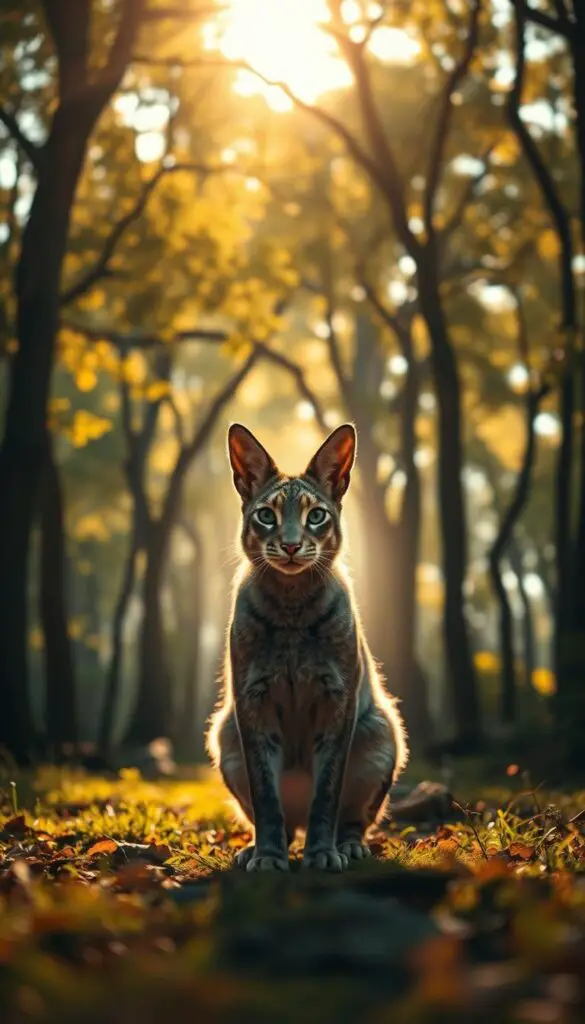
Stories of hybrid creatures often blur reality and fantasy. The cabbit legend—a supposed mix of feline and lagomorph traits—has fueled speculation for generations. While science dismisses such pairings, cultural fascination keeps this creature alive in imaginations worldwide.
Where the Cabbit Myth Began
Historical records show people pondering unusual animal blends since medieval times. When households kept both species, their shared habitats sparked “what if” scenarios. The term cabbit first emerged in 19th-century folklore, merging “cat” and “rabbit” linguistically long before genetics explained reproductive barriers.
Pop Culture’s Role in the Fantasy
Television amplified these ideas dramatically. A 1977 Johnny Carson Show segment featured a supposed hybrid, convincing thousands. Today, viral videos showcase animals with mismatched features—like a hopping creature from Argentina with a cat’s face and rabbit hind legs.
Three factors keep the myth thriving:
- Nostalgia for childhood stories about magical animals
- Misinterpretation of genetic mutations or birth defects
- Social media’s love for quirky pet content
While no verified hybrid exists, the cabbit endures as a cultural symbol of nature’s endless surprises.
Scientific Perspectives on Cat and Rabbit Genetics
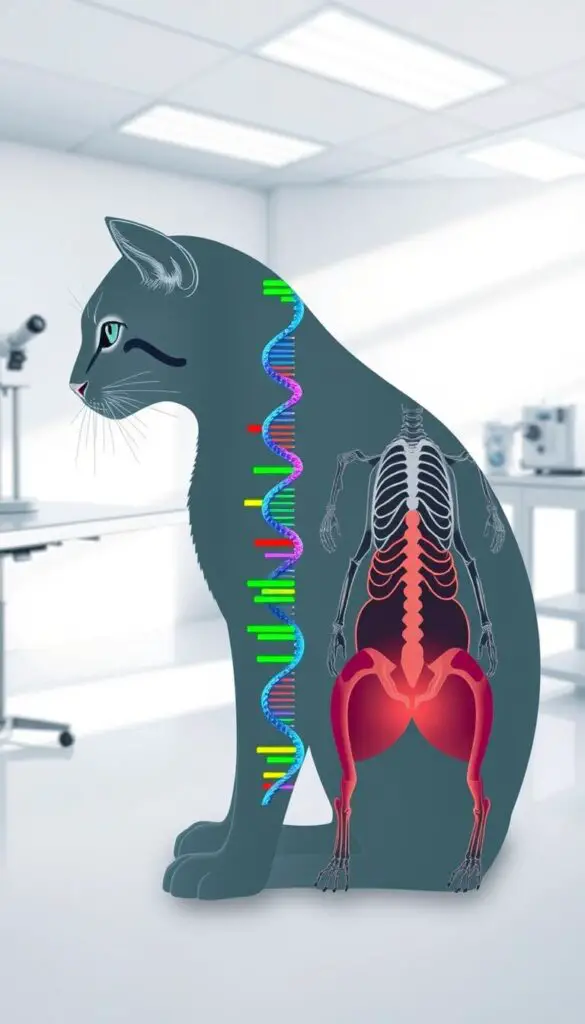
Genetic science reveals clear boundaries between species that casual observations might miss. While shared behaviors suggest harmony, fundamental biological differences create impassable divides. Let’s explore why these furry friends remain separate branches on life’s tree.
Chromosome Differences and Genetic Distance
Felines carry 38 chromosomes compared to rabbits’ 44—a mismatch that disrupts cellular pairing during reproduction. This gap represents millions of years of evolutionary separation. Even if mating occurred, incompatible DNA couldn’t form viable embryos.
Comparing Gestation Periods and Reproductive Biology
Pregnancy timelines highlight another hurdle. Rabbits complete gestation in 31 days—half the 63 days cats need. This drastic difference would prevent proper fetal development in any hypothetical hybrid.
Their genetic architecture codes for opposing survival strategies. Cats evolved as meat-eaters with compact digestive systems, while rabbits developed plant-processing intestines. These contrasting blueprints make functional hybrids biologically implausible.
Successful cross-species animals like mules share close ancestry and similar chromosome counts. Felines and lagomorphs diverged evolutionarily long before humans domesticated either species. Modern science confirms their reproductive systems speak entirely different biological languages.
Analyzing Expert Opinions and Research

When science speaks, myths get dismantled—especially those about interspecies hybrids. Genetic specialists and veterinarians form the front line in separating biological facts from imaginative fiction.
Insights From Genetic Specialists
Michael Onken, a researcher at MadSci Network, states:
“Creating mammal hybrids requires near-identical DNA blueprints. Even closely related species often produce sterile offspring—let alone predators and prey separated by 80 million years of evolution.”
Modern experiments highlight these barriers. In 2002, Chinese scientists attempted groundbreaking embryo transfers:
| Experiment | Embryos Created | Survival Rate |
|---|---|---|
| Panda DNA in rabbit eggs | 2,300 | 0% |
| Cat DNA in rabbit eggs | 10 | 0% |
| Panda-cat hybrids | 10 | 0% |
These failed attempts show why viable hybrids aren’t rocket science—they’re biological impossibilities without advanced gene editing. Veterinarians confirm no verified case exists in medical literature.
Three key takeaways emerge:
- Evolutionary divergence creates insurmountable genetic gaps
- Hybrid claims lack peer-reviewed evidence
- Social media fame drives most “cabbit” sightings
If a real hybrid appeared, it would become famous overnight in scientific journals—not just YouTube. Until then, experts consider the idea pure speculation.
Reviewing Documented Reports and Video Evidence
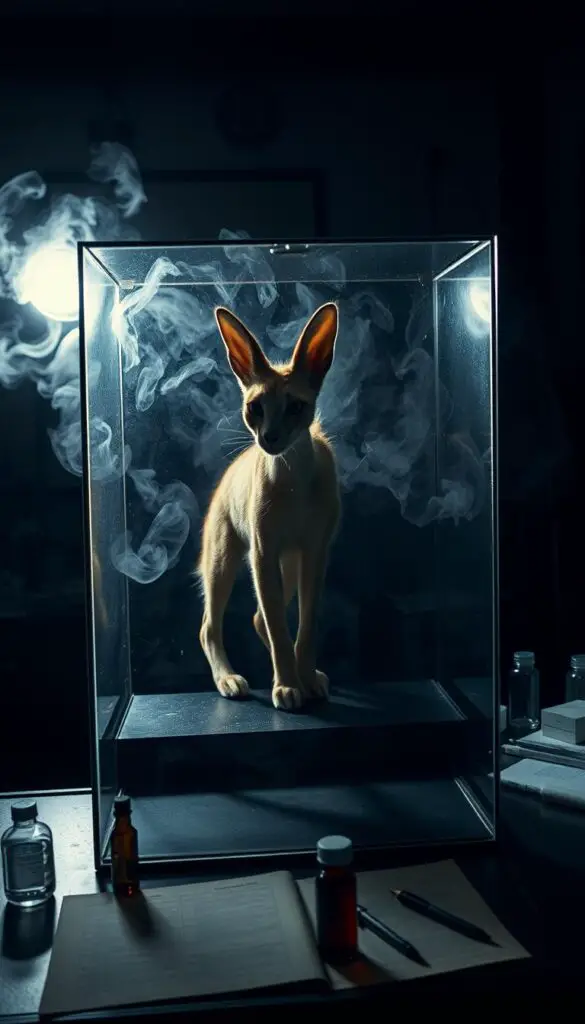
Visual records often spark heated debates about unusual animal encounters. Over 200 alleged cabbit sightings have surfaced globally, with some footage gaining millions of views online. Let’s explore what these clips and testimonials truly reveal.
Eyewitness Accounts and Notable Sightings
The most famous case comes from Tucumán, Argentina. Locals filmed a creature with sleek fur resembling a domestic cat upfront, transitioning to muscular hind legs perfect for hopping. Unlike typical felines, it moved in rhythmic jumps rather than stealthy strides.
Three patterns emerge from these reports:
- Front bodies matching specific cat breeds like Siamese or tabbies
- Rear limbs mirroring cottontail rabbit anatomy
- Movement styles blending pouncing and leaping
Newspaper articles from Texas to Thailand describe similar animals since the 1980s. One 1994 Florida report states:
“The animal didn’t walk—it bounded like a kangaroo, but had whiskers and ears like my Persian.”
Despite compelling visuals, no DNA tests confirm these cabbits. Most experts attribute sightings to rare genetic conditions or optical illusions. Without biological evidence, the mystery persists—fueling both scientific curiosity and online speculation.
Debunking Common Myths About Cabbits
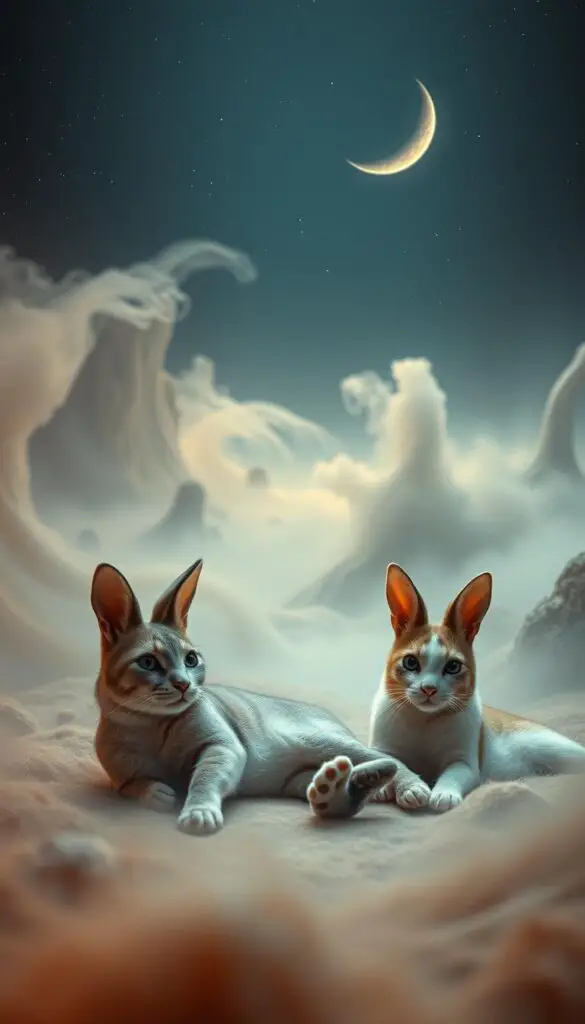
Let’s tackle persistent misunderstandings head-on. While imaginative stories about hybrids capture attention, science offers clearer answers. This breakdown separates popular beliefs from biological realities.
Myth Versus Science: Key Counterarguments
Many assume mismatched chromosomes make cabbits impossible. While cats have 38 chromosomes and rabbits 44, some proven hybrids overcome bigger gaps. Sheep (54 chromosomes) and goats (60) occasionally produce offspring despite a six-chromosome difference—the same spread as cats and rabbits.
Three widespread myths crumble under scrutiny:
- Manx cats prove historical crossbreeding: Their tailless trait stems from natural gene mutations, not rabbit DNA
- Matching gestation periods matter: Camel-llama offspring (camas) form despite 40-day vs. 13-month pregnancies
- Hopping behavior indicates hybrids: Movement patterns often result from injury or learned habits
Claims about cabbits typically lack DNA verification. As one geneticist notes:
“Extraordinary claims require extraordinary evidence—and a great deal of peer review.”
While social media fuels speculation, documented cases always reveal simpler explanations. Understanding these truths helps appreciate both species’ uniqueness without needing mythical blends.
Morphological and Behavioural Comparisons
Nature crafts specialists, not generalists—especially between hunters and the hunted. Observe a domestic cat and rabbit side by side, and you’ll see evolutionary masterpieces shaped by opposing survival needs.
Their digestive systems tell contrasting stories. Cats process meat through short intestinal tracts optimized for rapid nutrient absorption. Rabbits rely on elongated guts and cecotropes—special droppings eaten for second-round digestion of plant fibers. This biological divide makes shared diets impossible.
| Feature | Cats | Rabbits |
|---|---|---|
| Digestive System | 10-12 inch intestines | 16-foot intestinal tract |
| Hunting/Defense Traits | Retractable claws, flexible spine | Powerful hind legs, 360° hearing |
| Social Behavior | Solitary hunters | Colony-based hierarchy |
Body mechanics reveal more contrasts. Felines stalk with stealth, using spring-loaded muscles for ambush attacks. Lagomorphs prioritize explosive escapes—their rear limbs generate leaps six times their body length. Even teeth differ: sharp carnassials slice flesh in cats, while ever-growing molars grind foliage in rabbits.
Behaviorally, these animals inhabit separate worlds. Your tabby naps 15 hours daily, conserving energy for hunting bursts. Bunnies remain semi-alert during rest, whiskers twitching at faint noises. One species marks territory with scent glands; the other communicates through intricate foot-thumping codes.
These differences aren’t quirks—they’re millions of years of specialized adaptation. Trying to blend such opposing blueprints would be like merging a sports car with a tractor. Each creature excels in its own way, making mythical hybrids biologically unimaginable.
Understanding Mating Mechanics and Gestation Differences
Reproductive biology holds the final clues to this interspecies puzzle. While affectionate bonds form between pets, their mating behaviors operate on entirely different schedules. These mismatched rhythms create biological roadblocks even before conception could occur.
Differences in Copulation and Ovulation Triggers
Cats require multiple matings to release eggs—a process called induced ovulation. Buck rabbits, however, trigger spontaneous ovulation through physical stimulation. This fundamental timing gap means fertilization windows rarely align.
Implications for Hybrid Viability
Even if eggs met sperm, gestation periods clash dramatically. Felines carry pregnancies for nine weeks, while rabbits deliver in under five. Embryos developing outside these strict time frames wouldn’t survive.
Nature’s design keeps these two animals reproductively isolated. While viral videos might suggest otherwise, viable offspring remain biologically impossible. Understanding these mechanics helps appreciate each species’ unique reproductive marvels.

